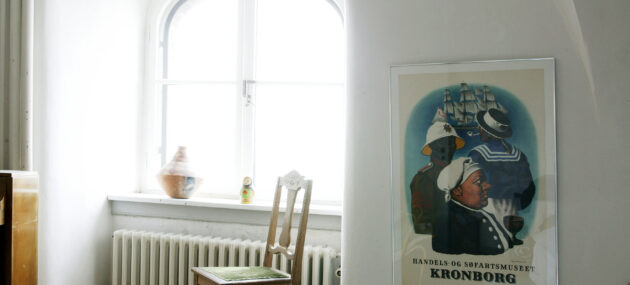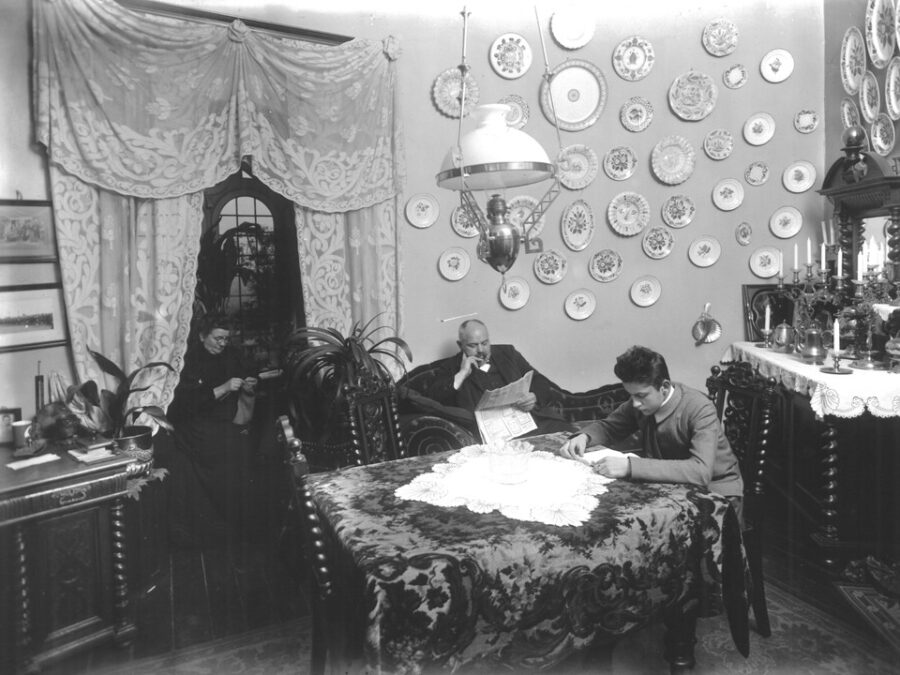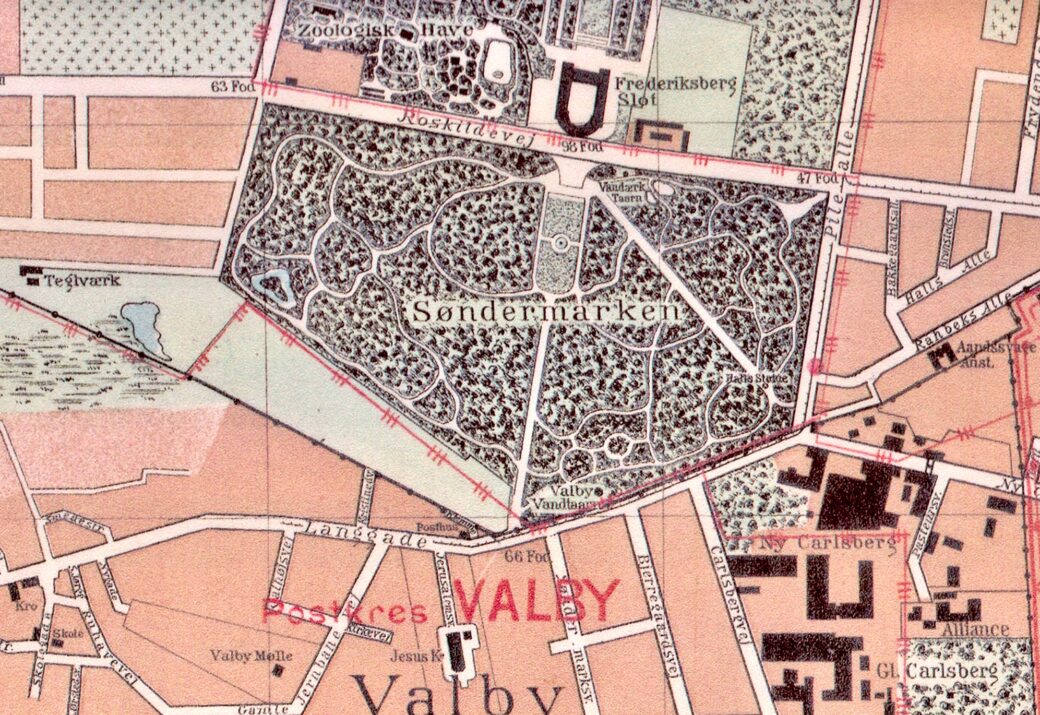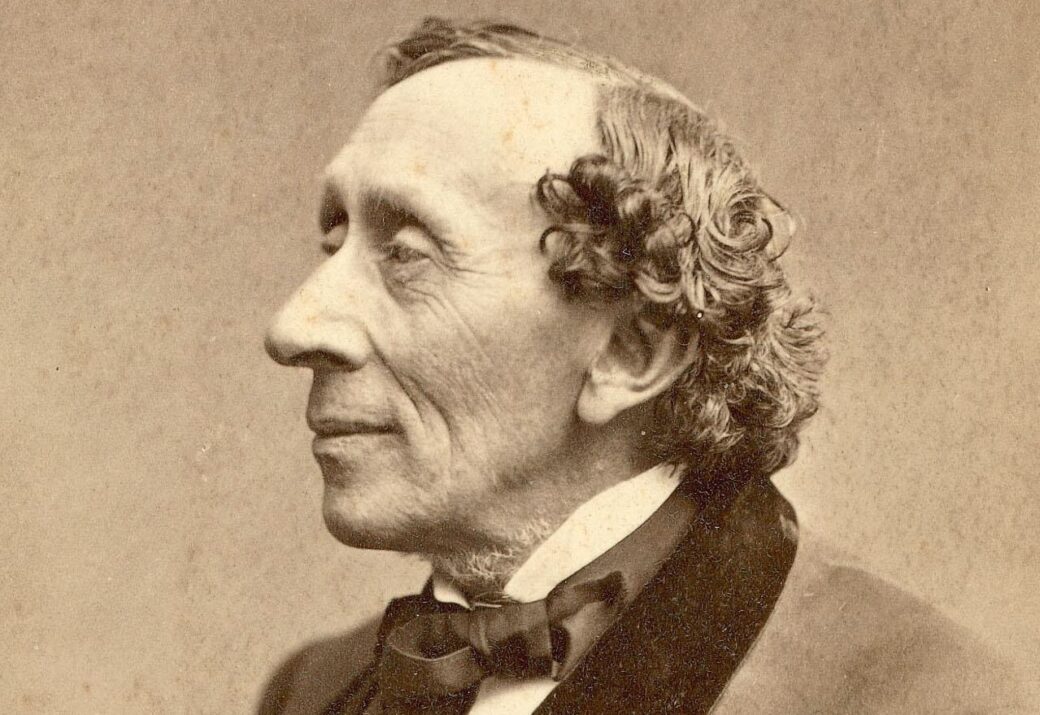This website uses cookies so that we can provide you with the best user experience possible. Cookie information is stored in your browser and performs functions such as recognising you when you return to our website and helping our team to understand which sections of the website you find most interesting and useful.

The Old Flat
It is hard to see it but for hundreds of years, the upper floors of the Round Tower were the home of a motley crowd of people working in the tower: porters, inspectors and astronomers.
Lavatory with a View
Today, offices for the administration occupy the upper floors of the Round Tower but until 2007, the tower’s director had his residence here. The door just before the stone staircase was the entrance to a flat containing both a kitchen, living rooms, children’s rooms and even a darkroom. You formerly had to leave the flat when using the lavatory, though – it used to be situated in the recess where today, you find the Kissing Bench (“Kyssebænken”).
Close to Work
The first people with a home in the Round Tower were probably astronomers thus living close to their work in the Observatory. Most of the time, the leading observer lived in a professor’s residence down in the city, while one or two employees lived in small rooms at the top of the tower. The earliest inhabitant we know the name of is the observer Peder Horrebow, who in 1753 was “lodging on the Round Tower”, according to a newspaper advertisement.

A Big Family
The work of the astronomers, however, was disturbed by the smoke from the kitchen in the porter’s residence on the second-highest floor. In 1801, a family with five children and three maids were living here, while two unmarried observers had their rooms upstairs. In the 1857 novel “To Be or Not to Be” by Hans Christian Andersen, the porter’s residence at the top of the Round Tower is also the childhood home of the main character. “Down under him lay the whole busy city as in a dream”, as Andersen writes.


